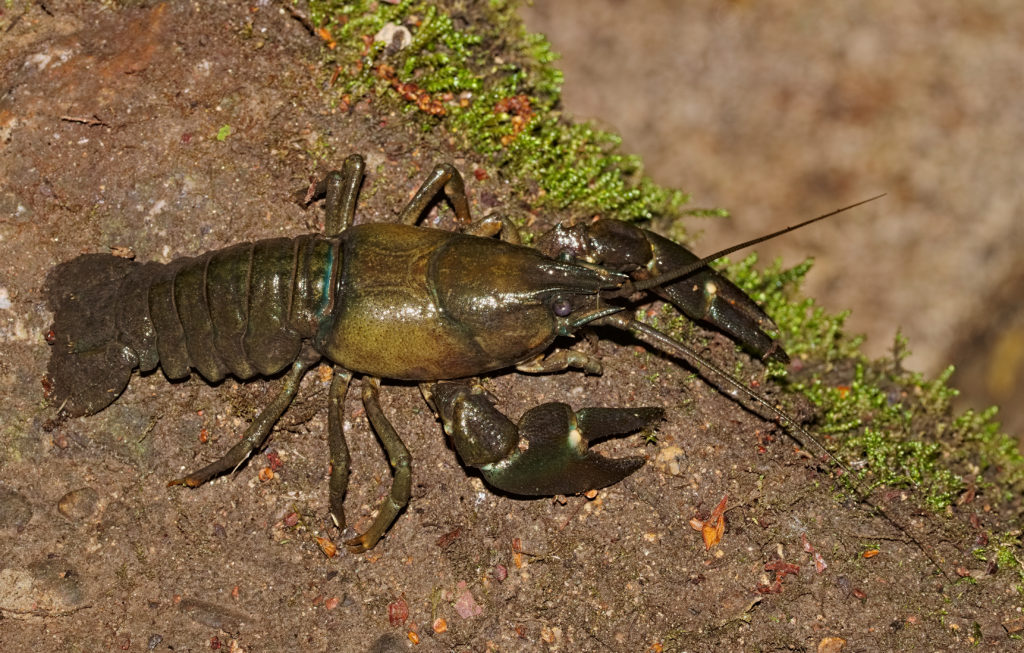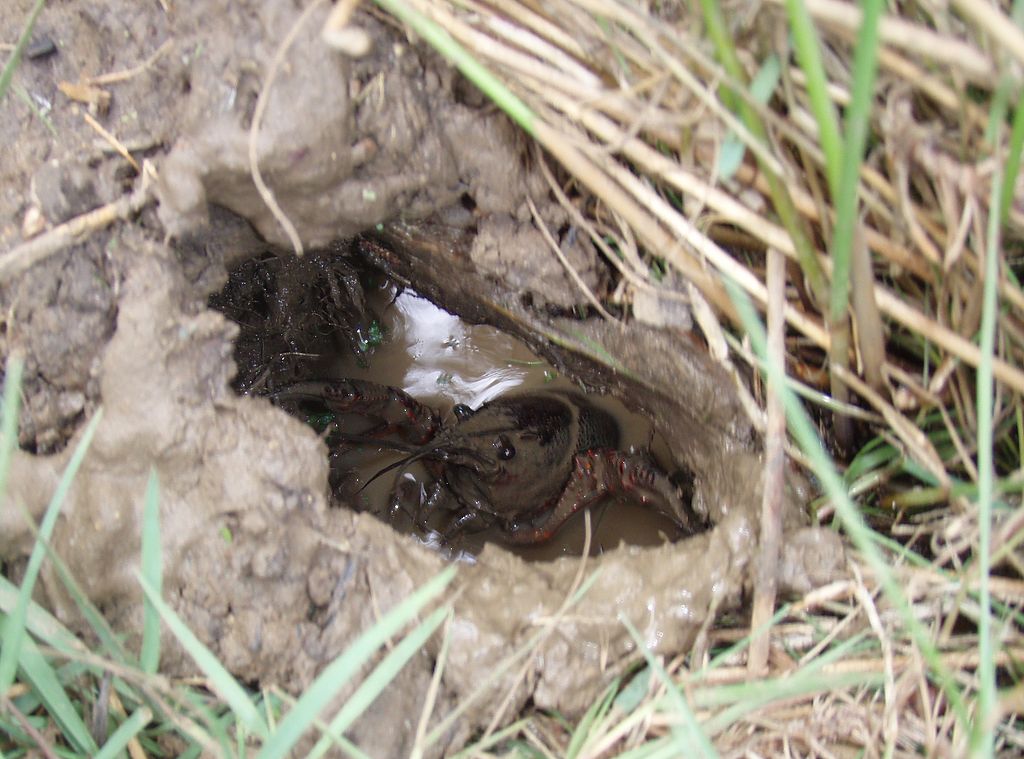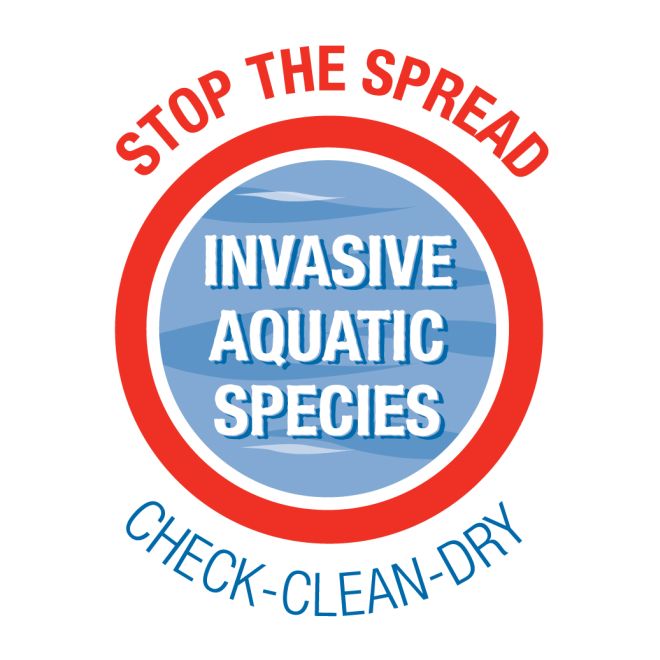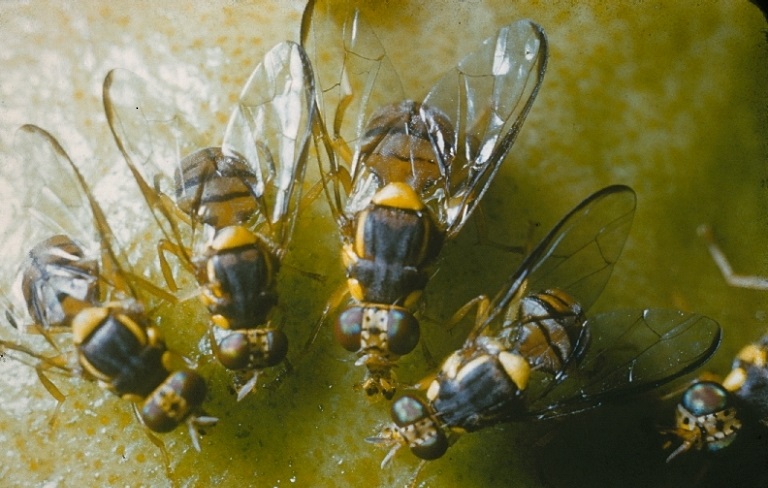
Crayfish are freshwater crustaceans that can be found in a range of freshwater habitats, from fast-flowing rivers to swamps and ditches. Even in places where they are abundant, they are secretive and not commonly seen, so the ongoing widespread invasion by non-native crayfish species is unknown to many.
Crayfish have a long history of invasiveness. Humans have moved crayfish species out of their native ranges in order to cultivate them many times, never seeming to learn from previous mistakes.
In Europe, the American signal crayfish (Pacifastacus leniusculus) is perhaps the most notorious of the invasive crayfish species. This species was introduced to Europe in the 1970s after crayfish plague had decimated native crayfish populations. It was intended to be kept in commercial fisheries for export to European markets but it quickly escaped and began to outcompete the remaining native crayfish for both habitat and food. Compounding the problems, the signal crayfish is also a carrier of crayfish plague, which is lethal to native species.
Signal crayfish pose a significant ecological threat to native species, but are far from the only invasive crayfish species. Several other species, including the virile crayfish (Faxonius virilis), the redclaw crayfish (Cherax quadricarinatus), the spiny-cheek crayfish (Faxonius limosus) and the red swamp crayfish (Procambarus clarkii) have been become established within Europe. Each of these species has a similar story, having escaped after being imported for aquaculture, or as fishing bait or pets.

So what is it that makes these species so ecologically competitive, even outside of their native ranges? In most cases, they are adapted to challenging environments, so are able to thrive in the comparatively mild climates of Europe. This is exemplified by the red swamp crayfish, which is tolerant of higher levels of pollution than other species and is therefore able to colonise a wider range of habitats as well as being more able to withstand the increasing levels of pollution in European waterways. Invasive crayfish species tend to be larger and more reproductively successful than their native counterparts and in most cases are voracious predators, preying heavily on insects, molluscs, amphibians and small fish, leading to reduced food availability for native species.
The influx of non-native crayfish also has a ‘habitat modification’ effect, as the creation of more extensive networks or larger burrows destabilises riverbanks. This reduces habitat availability for native species but also often results in erosion and bank collapse, and can contribute to wider flooding.

Non-native crayfish have been marching across Europe for many years, and a range of monitoring and control mechanisms have been developed to mitigate their environmental and economic impacts. Species distribution models are used to identify areas of potentially suitable habitat and environmental DNA (eDNA) is used to monitor the current distribution of these species. These methods enable targeted preventative measures to avoid the further spread of invasive crayfish.
When prevention is not possible and an invasive species becomes established in an area, it is necessary to control it. Methods including trapping, electroshocking, draining waterbodies, creating artificial barriers, introducing natural enemies or pathogens and using chemicals or pheromones have been used for this purpose. All of these methods have their benefits and drawbacks and none have been able to demonstrate perfect results. A thorough review of the known prevention and control methods was published in by Manfrin et al in January 2019.
A citizen science approach has also been taken to tackle these species. A number of public calls to action have been made in recent years to raise awareness of the consequences of transporting or releasing non-native species and to encourage anglers to kill any invasive crayfish that they encounter.
It is clear that invasive crayfish represent a significant problem, and huge efforts have been made to control their spread. Despite this, they continue to cause havoc throughout Europe and are just one of many similar stories. The globalization of trade and travel has resulted in a massive increase in the number of species being moved out of their native ranges and into ecosystems that are simply not evolved to cope with them. Awareness of these issues continues to grow and formal prevention and control measures are being instigated throughout the world, but many species – perhaps including some of our crayfish invaders –have already warped their new world around them to the point where there may be no going back.
If you would like to read more about the impact of invasive species and CABI’s work on prevention, detection and control measures, please visit: CABI Action on Invasives.
Find out more
1 Comment
Leave a Reply
Related News & Blogs
Countering the spread of the Asian hornet in Europe
A potentially game-changing approach used by CABI scientists in Switzerland could help populations detect Asian hornet nests and destroy them
25 August 2023






Can the Red Swamp Crawfish survive in cold weather areas such as Wisconsin?